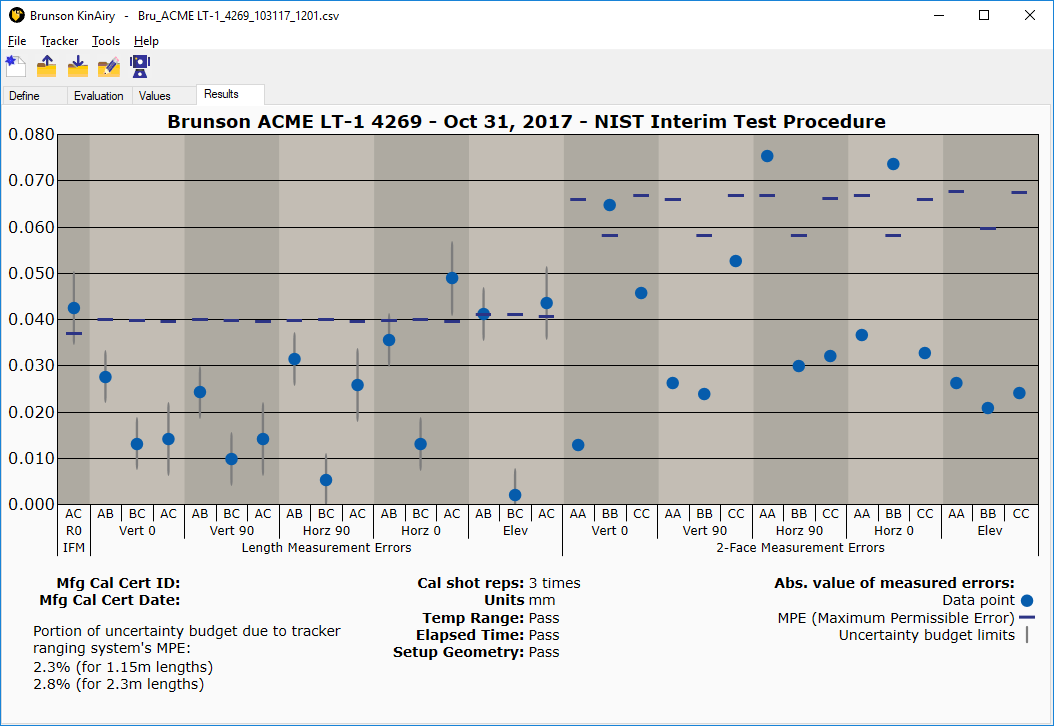However, from time to time, even precise equipment needs verification to ensure that it is still performing within specifications set by the manufacturer (known as MPEs, or Maximum Permissible Errors).
This is exactly why the United States Air Force (AFMetcal) asked NIST to develop an Interim Field Test for laser trackers. That standard became known as IR-8016, the NIST Field Test.
What happens if you DON'T change your oil?
What happens if you drive your car for 30,000 miles without an oil change?
Bad things? Maybe.
Oil is the lifeblood of the combustion engine. It lubricates, dissipates heat and protects the engine. As the oil wears from use and age, it provides less lubrication, less dissipation of heat and less protection of the engine's key components.
What happens if you run your laser tracker all year without an Interim Field Test?
Bad data? Maybe.
3D data is the lifeblood of the laser tracker. And there are several decimal places to the right of zero in that data. It's why you purchase one. Without the "measure twice, cut once" mentality of Interim Field Testing, the accuracy you depend on could be compromised.
What do laser trackers and oil changes have in common?
|
So, exactly what is an Interim Field Test for a laser tracker?
What is one of the worst things that happens to your laser tracker?
SHIPPING IT! Maybe you're sending it to other plant sites for a job. Or maybe you're sending it back to the OEM for calibration. Isn't it ironic that one of the worst things you can do happens right after the OEM makes certain it is operating within the MPEs?
There is a huge difference between throwing a length reference bar down to take a couple of measurements, and actually doing a full volumetric interim field test such as the NIST IR-8016. Why assume your data is correct when you can prove to yourself, and your customers, that it is correct.
The most important benefit of an Interim Field Test is that the results can be used as objective, traceable proof that your laser tracker is performing within the MPEs as published by the OEM.
Additional benefits include:
|
Conclusion
The point of all of this is to make an "Interim Field Test" for a laser tracker as common as changing the oil in your car. Yes, it is another step you take, but the penalty for NOT doing this is worse … possibly way worse. The truth is that an Interim Field Test may not be mandatory thing for your laser tracker, but you put yourself in serious jeopardy if you don't.
Fortunately, Brunson has developed KinAiry, a system which lets you perform an Interim Field Test in 30 minutes. The accuracy of your data is worth it.
To learn more about how Interim Field Testing for laser trackers can help you get the most reliable data possible, contact us here or give us a call at 877-MEASURE (877-632-7873).


